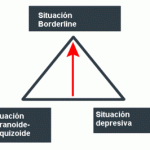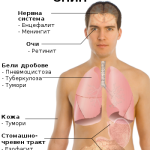Mental health articles
OF mental health care and mentally ill
conversion disorder diagnosis code
Diagnostic considerations and terminology used to capture conversion disorder varied over time. In the first edition of the DSM (DSM-I; APA, 1952), conversion reactions were defined as functional symptoms in organs or systems that were believed to be mainly under voluntary control and due to impulses that cause anxiety.
Conversion reactions were distinguished from ‘‘dissociative reactions,’’ which referred to such phenomena as amnesias and fugue states. In the second edition of the DSM (DSM-II; APA, 1968), the term conversion reaction was changed to ‘‘hysterical neurosis,’’ returning the term hysteria to the nomenclature. The qualifying descriptors of conversion and dissociative were also retained by the DSM-II and the diagnostic subtypes were known as ‘‘hysterical neurosis of conversion type’’ and ‘‘hysterical neurosis of dissociative type.’’ La belle indifference, symbolism of symptoms, and secondary gain were considered essential features of hysterical neurosis of the conversion type. In DSM-III, hysterical neurosis of the conversion type became known a

Published by the American Psychiatric Association, the DSM-IV-TR provides a common language and standard criteria for the classification of mental disorders. (Photo credit: Wikipedia)
s ‘‘conversion disorder’’ and was considered a subtype of the somatoform disorders; hysterical neurosis of the dissociative type was placed in a completely new category, the dissociative disorders. Much of the DSM-III description of conversion disorder was retained in DSM-III-R (APA, 1987) and DSM-IV.
DSM-IV criteria for conversion disorder are presented in Table 2. DSMIII-R diagnostic criteria for conversion disorder required that the clinician specify whether the conversion symptom represented a single episode or a recurrent phenomenon; this requirement has been dropped from the current edition of the DSM. Instead, now the DSM-IV requires the clinician to specify the type of symptom or deficit that characterizes the conversion.
Post Footer automatically generated by wp-posturl plugin for wordpress.
More from my site
Tags: conversion, diagnosis, disorder








Leave a Reply